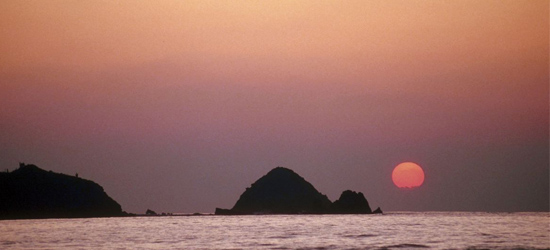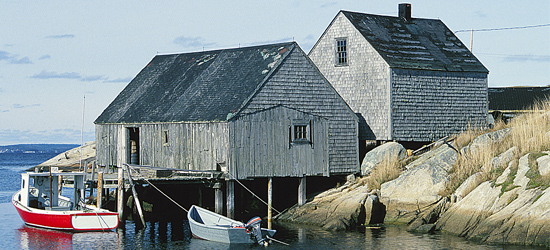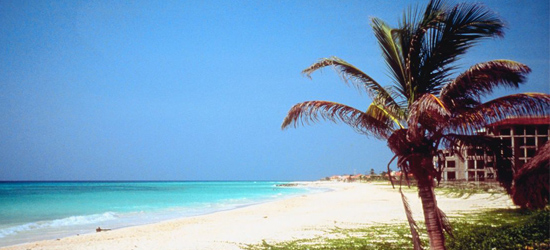When you take a vehicle into Mexico beyond a few miles of the border you have to get a permit. Evidentially one of the biggest fears Mexico has about US visitors is that they might bring in less polluting, more efficient, safer vehicles and leave them in the country.
To prevent this atrocity from happening they will charge you a large fee to import a car. If you say that you are only going to be in the country for 6 months they will give you a temporary permit, but they will take a large deposit or a credit card so they will get the fee if you don’t take your car back out with you.
Getting the permit is fairly straight forward. At Laredo Bridge II where we crossed into the country, you follow the blue signs to a large building where you get your visa and automobile permit.
When we were leaving Laredo, we accidentally ended up at Bridge I. We saw a sign for the auto permits, but the road it pointed to was situated where it seemed to only be available to people coming into the country. We didn’t return the permit, but it didn’t seem like a big deal because we were coming back anyway.
When we decided not to return to Mexico, we still had to return the permit. I called the consulate to see if it could be returned there instead, but was told that I could not. I have heard some people say that they were able to return the permit to the consulate and the lady I spoke to on the phone wasn’t particularly friendly, so you may get different results with other consulates.
Anyway to return the permit, you have to go back to the area where the permits are given. Technically you should be able to do it from any border crossing, but I have heard that people sometimes have problems when trying to return it to a place that is different than where it was issued. I don’t think all the computer systems fully talk to each other.
At the Laredo Bridge II, you cross over into Mexico and turn left. Their is a blue sign pointing the way down what looks like a back alley. This small street will dump you out on a much larger road that goes to Monterey. Soon after you get on this road, you will see a stop light where you have to basically do a U turn and head back under the bridge right along the border.
If you try to do this in the day time there will be people there trying to wash your windshield and trying to help you by doing things like telling you the color of the stop lights, waving their hands in the air and speaking very rapid Spanish.
After the U turn you’ll head back under the bridge and there is a large building on the left. Usually there will be some security guards in front of it and a parking lot with vehicles. The left side of the building is normal, but as you go to the right the roof continues, but there is no building. It is a large open area under a roof. Near the open area in the parking lot is a small building like a guard shack that you can pull a car up next to. It has some odd reflector antenna devices that face your car when you pull up next to it. The antennas appear to be able to read the electronic device in your vehicle permit.
If you pull up to this guard shack, they give you a razor blade to remove the permit. Don’t remove the permit until they tell you to. Definitely don’t remove it before you get there. They will also want the paper that the permit came on originally.
Once you give them the permit, they will give you a receipt showing that the permit was returned. This is what you will use to prove that you have taken your car out of Mexico if they balk at letting you bring another one in at a later date. Do not lose this receipt.
The left hand side of the building (the part that isn’t just open under a roof), is where you get your visa. You are supposed to return your visa when you leave the country. I have heard that they can fine you for every day that it isn’t returned (when you try to come back into the country). When we returned our visas we were not given a receipt of any type and I’ve heard of many people who didn’t return them.



